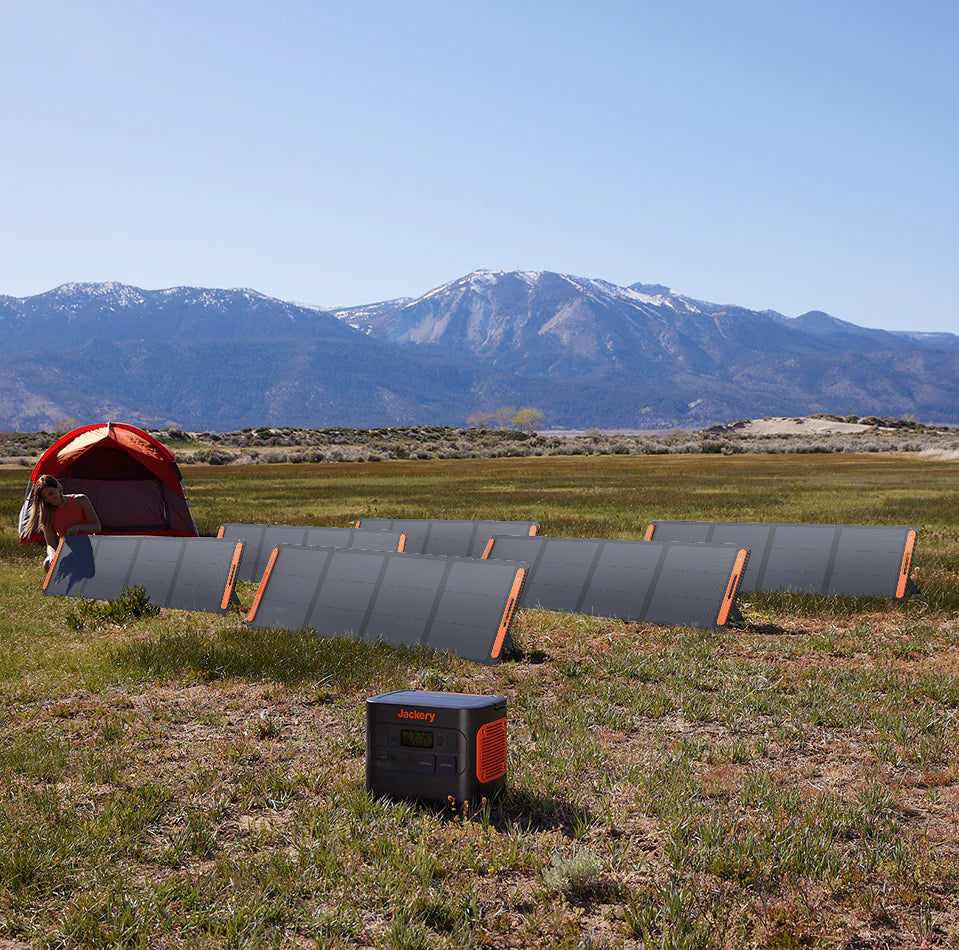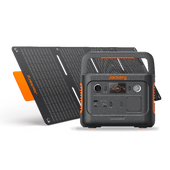

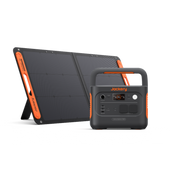
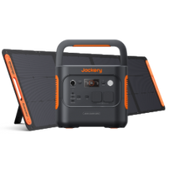

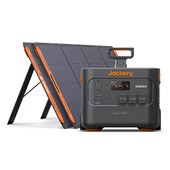
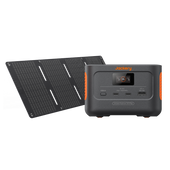
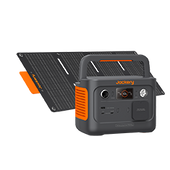
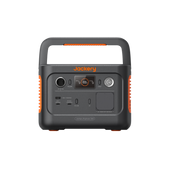
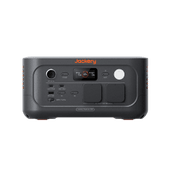
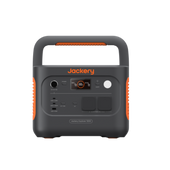


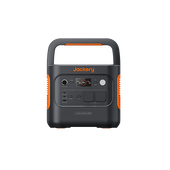


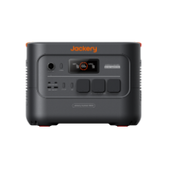
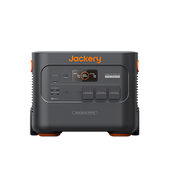
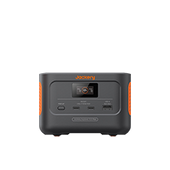
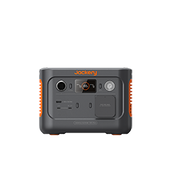

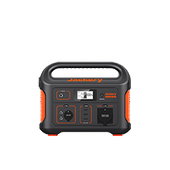
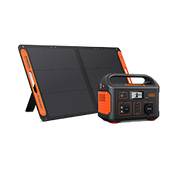
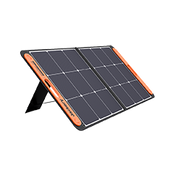
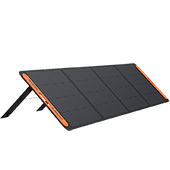
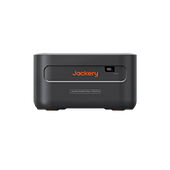
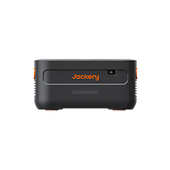
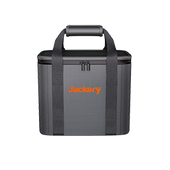
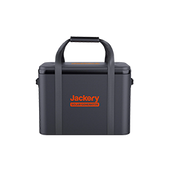
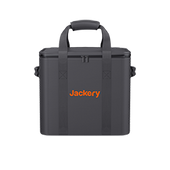

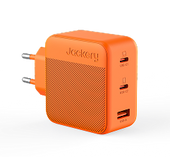

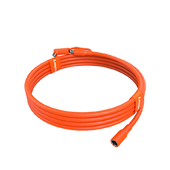

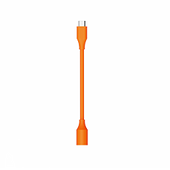
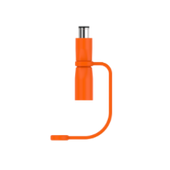
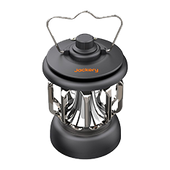

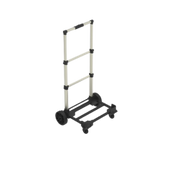














































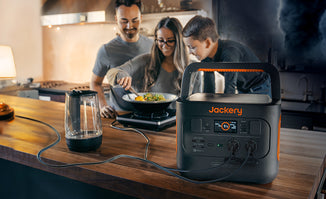




































































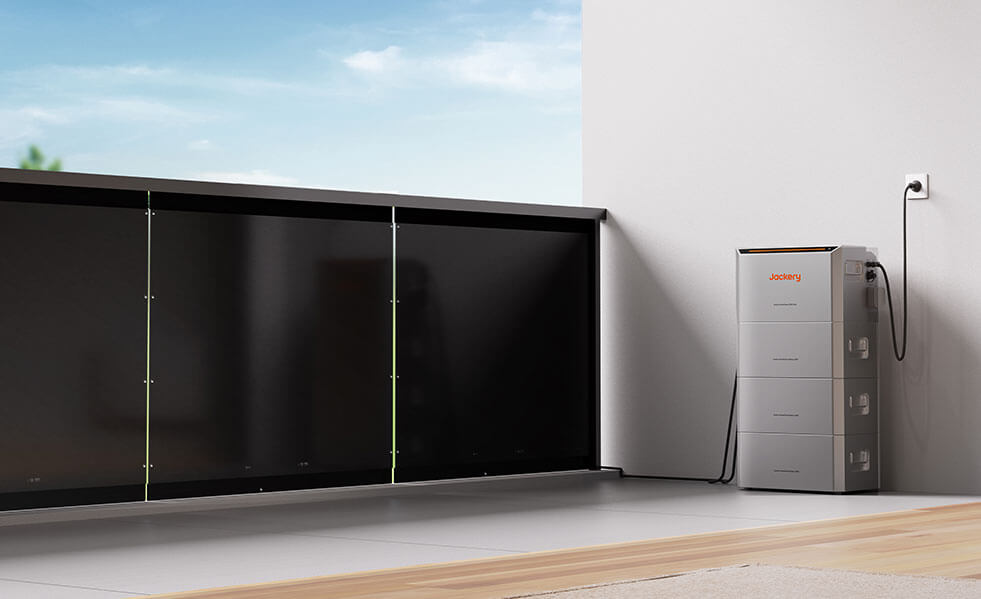
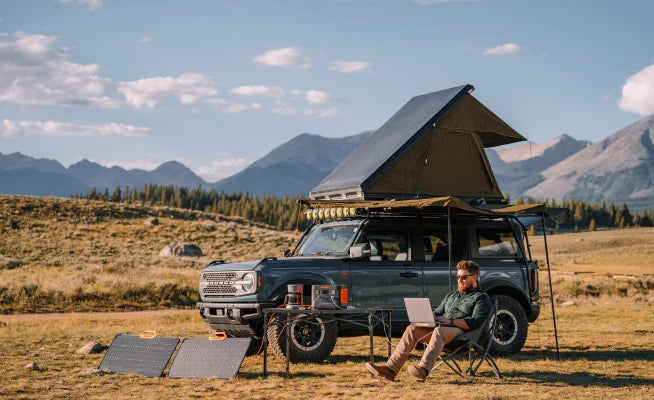
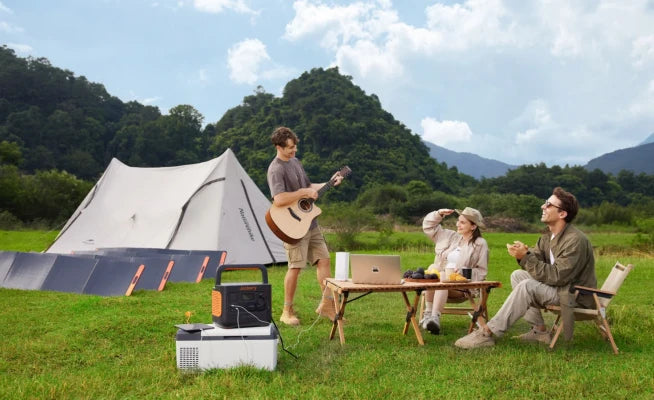

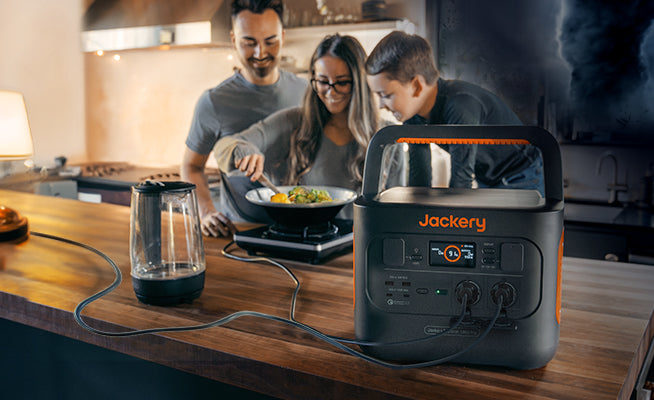


inkl. MwSt./Versandkostenfrei
Versand nach Deutschland und Österreich
Verfügbare Zahlungen
Verfügbare Zahlungen
 Jackerys Explorer 2000 Pro tragbare Powerstation versorgt bis zu 8 Geräte gleichzeitig mit einer Akkukapazität von 2160 Wh und einer Ausgangsleistung von 2200 W. Explorer 2000 Pro erfüllt alle deine Stromanforderungen während Campingausflügen und bei Stromausfällen. Die optimale Wahl dank herausragender Funktionen, einschließlich Schnellladung in 2 Stunden per AC-Stecker, Rundum-Sicherheit mit branchenführendem BMS und fortschrittlichem Smart Screen.
Jackerys Explorer 2000 Pro tragbare Powerstation versorgt bis zu 8 Geräte gleichzeitig mit einer Akkukapazität von 2160 Wh und einer Ausgangsleistung von 2200 W. Explorer 2000 Pro erfüllt alle deine Stromanforderungen während Campingausflügen und bei Stromausfällen. Die optimale Wahl dank herausragender Funktionen, einschließlich Schnellladung in 2 Stunden per AC-Stecker, Rundum-Sicherheit mit branchenführendem BMS und fortschrittlichem Smart Screen.

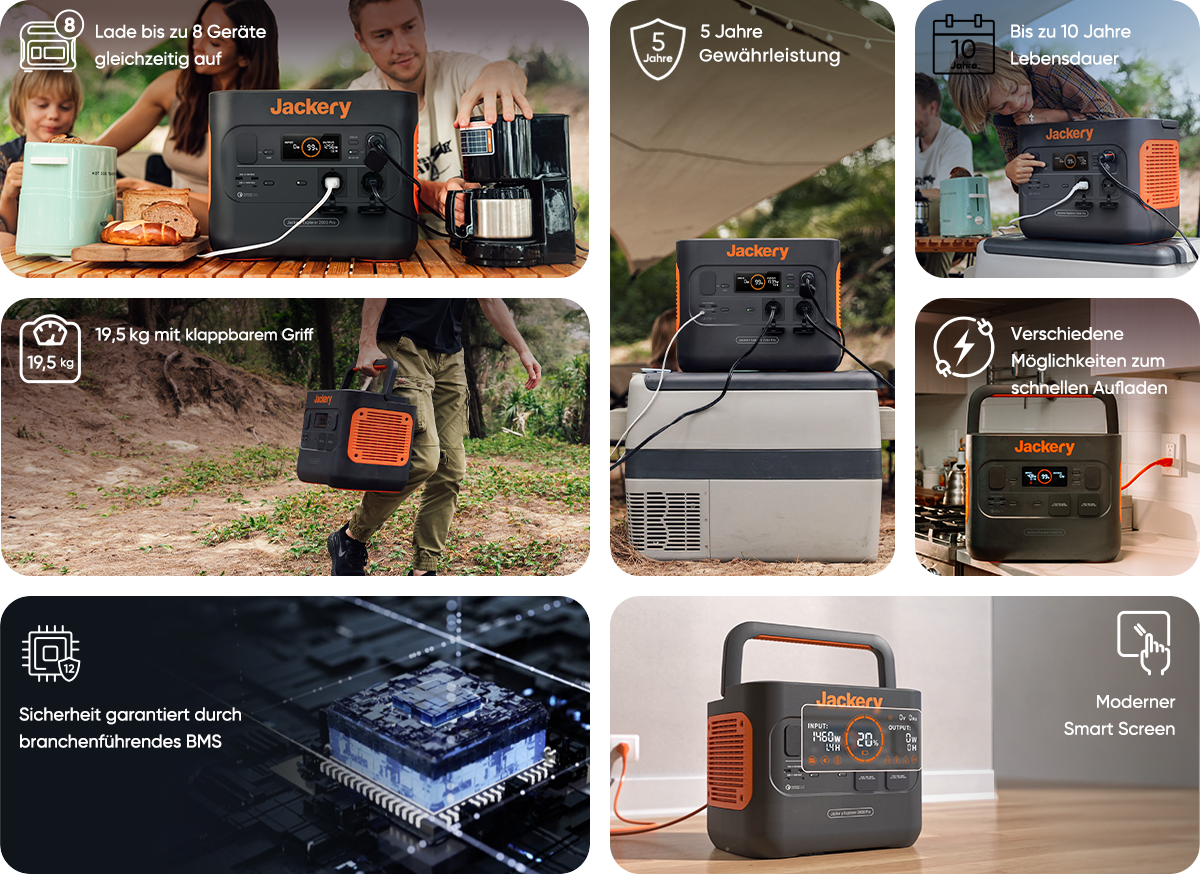

Für verschiedene Geräte geeignet
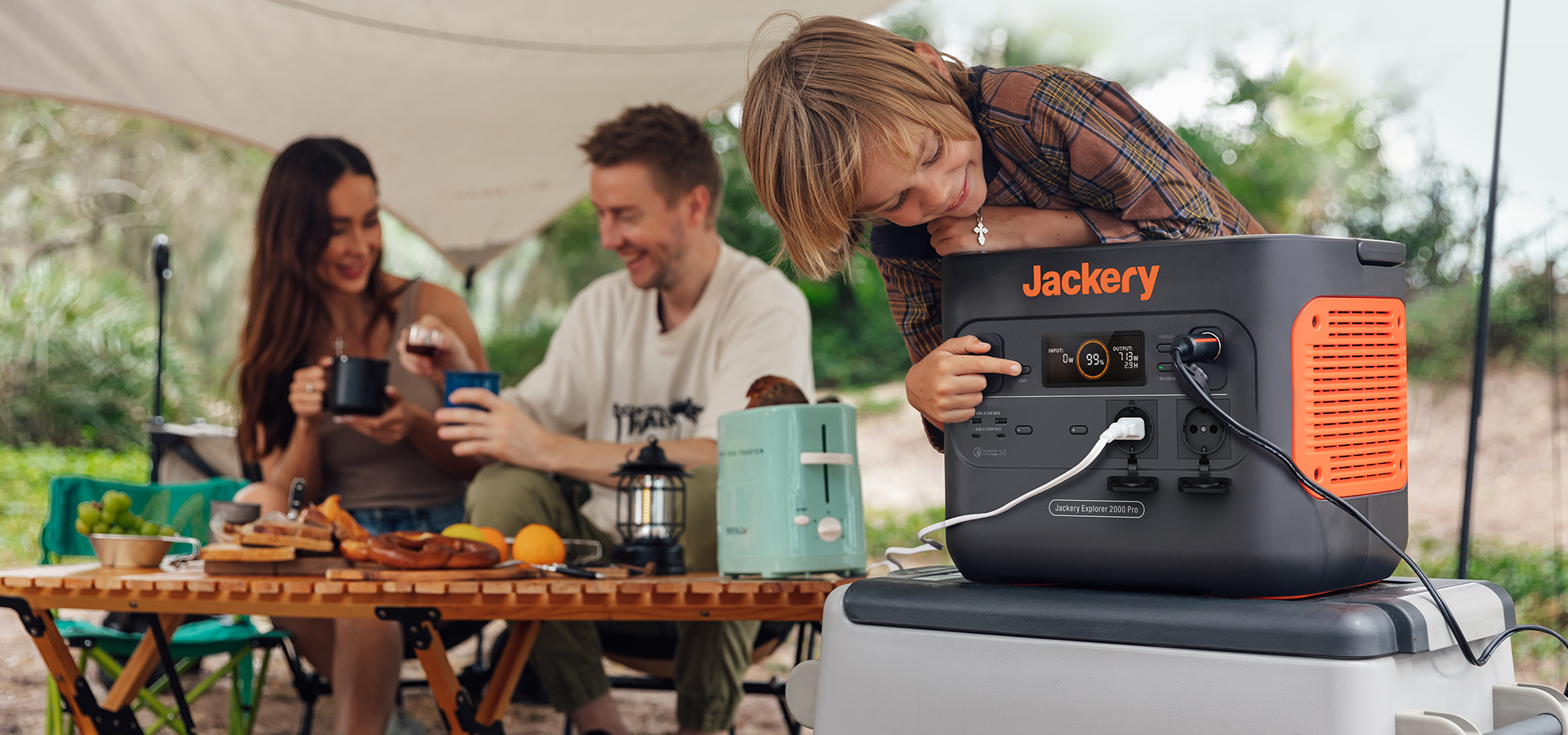
Jackery Explorer 2000 Pro versorgt alle erdenklichen Geräte mit Strom, einschließlich Kochplatten, große Kühlschränke, Klimaanlagen und mehr. Mach deine Familienausflüge zu etwas ganz Besonderem, unternimm unvergessliche Abenteuer ins Unbekannte und begib dich zu den schönsten Orten der Welt.

Mikrowelle (700W)
1.6 Std.Wasserkocher (850W)
2 Std.Bohrmaschine (900W)
1.7 Std.Elektrischer Schnellkochtopf (1080W)
1.8 Std.Kaffeemaschine (1120W)
1.8 Std.Mobiles Klimagerät (1150W)
2 Std.
Elektrobackofen (1600W)
1.1 Std.
Häcksler (1800W)
2.2 Std.Induktionsherd (2300W)
0.8 Std.Wattrechner
Zum Betrieb mit Explorer 2000 Pro
(2160Wh Kapazität)
Bitte gib die Wattzahl deiner Geräte ein.
(nicht mehr als 4400W)
Überlegen schnelle Solar- und AC-Ladung
Überlegen schnelle Solar- und AC-Ladung
Bis zu 10 Jahre Akkulaufzeit
00 Jahre


Rundum Sicherheit mit hervorragendem BMS

Rundum Sicherheit mit hervorragendem BMS

Einfach unterwegs, wann immer du möchtest
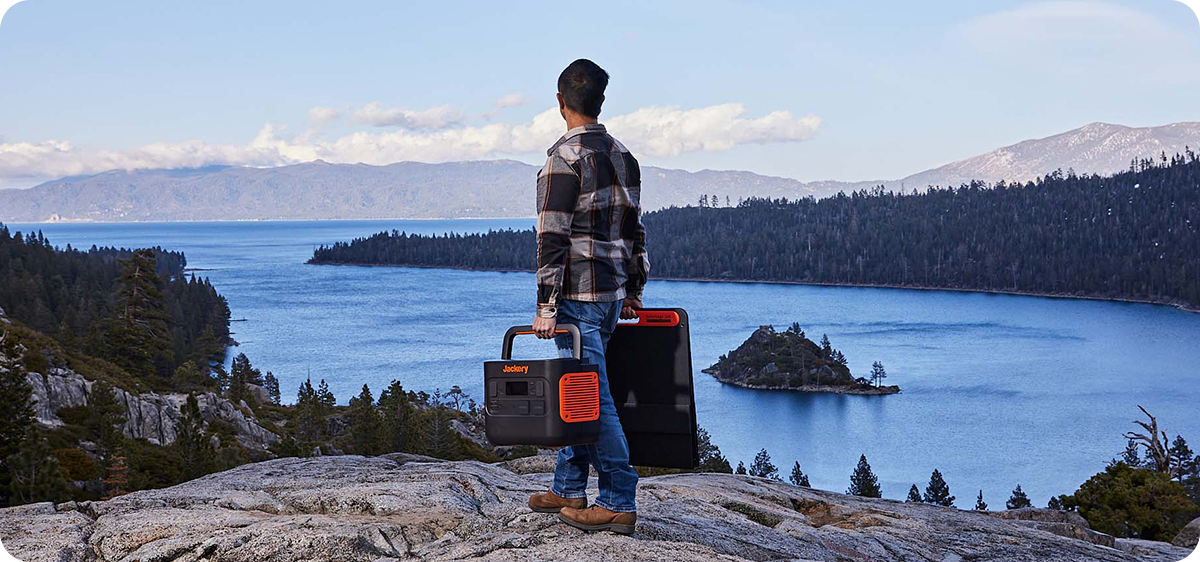
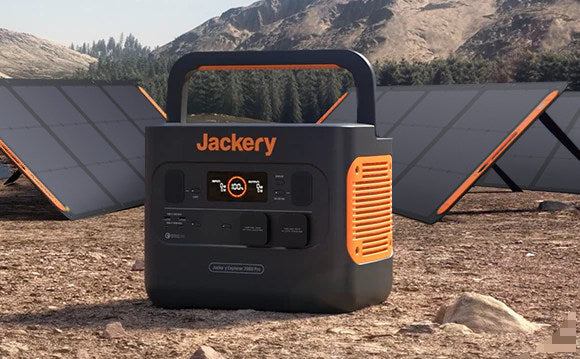
Die 19,5 kg (43 lb) schwere Explorer 2000 Pro Powerstation verfügt über ein klappbares Griffdesign für ein komfortables Reiseerlebnis. Per einfachem Knopfdruck wird ein einmaliges Outdoor-Ladeerlebnis in Sekundenschnelle Wirklichkeit.
Der fortschrittliche Smart Screen kann 18 Arten von Betriebszuständen anzeigen, sodass du verschiedene Parameter auf einen Blick erkennen kannst. Auf dem LCD-Panel kannst du leicht den Ladestatus der verbleibenden Kapazität und andere Informationen finden. Der Schlafmodus ermöglicht der Powerstation, sich nach 12 Stunden automatisch auszuschalten, um Energie zu sparen.
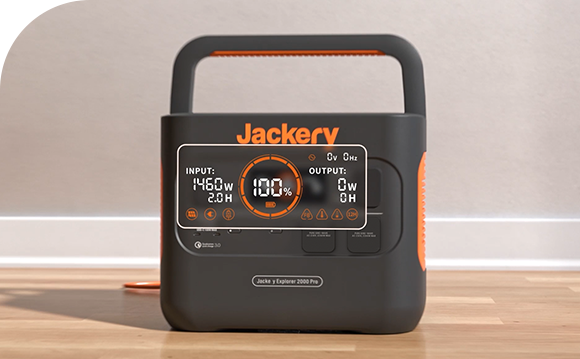

Power jenseits aller Vorstellungskraft

Power jenseits aller Vorstellungskraft
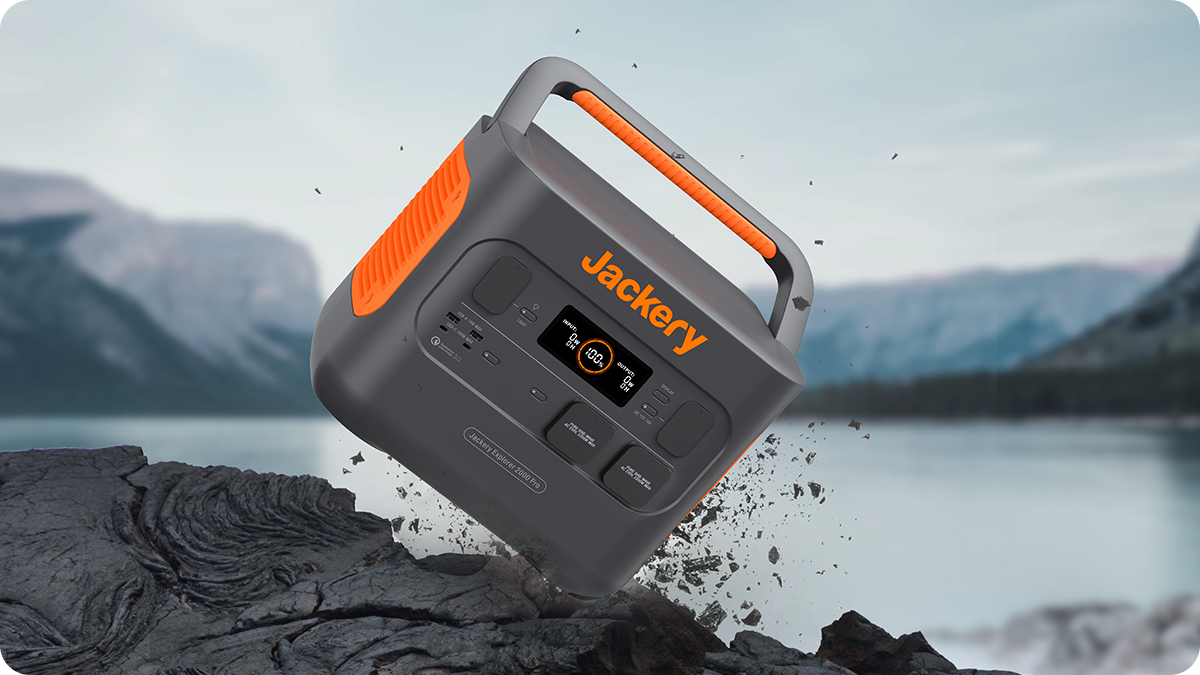
Grüne Energie
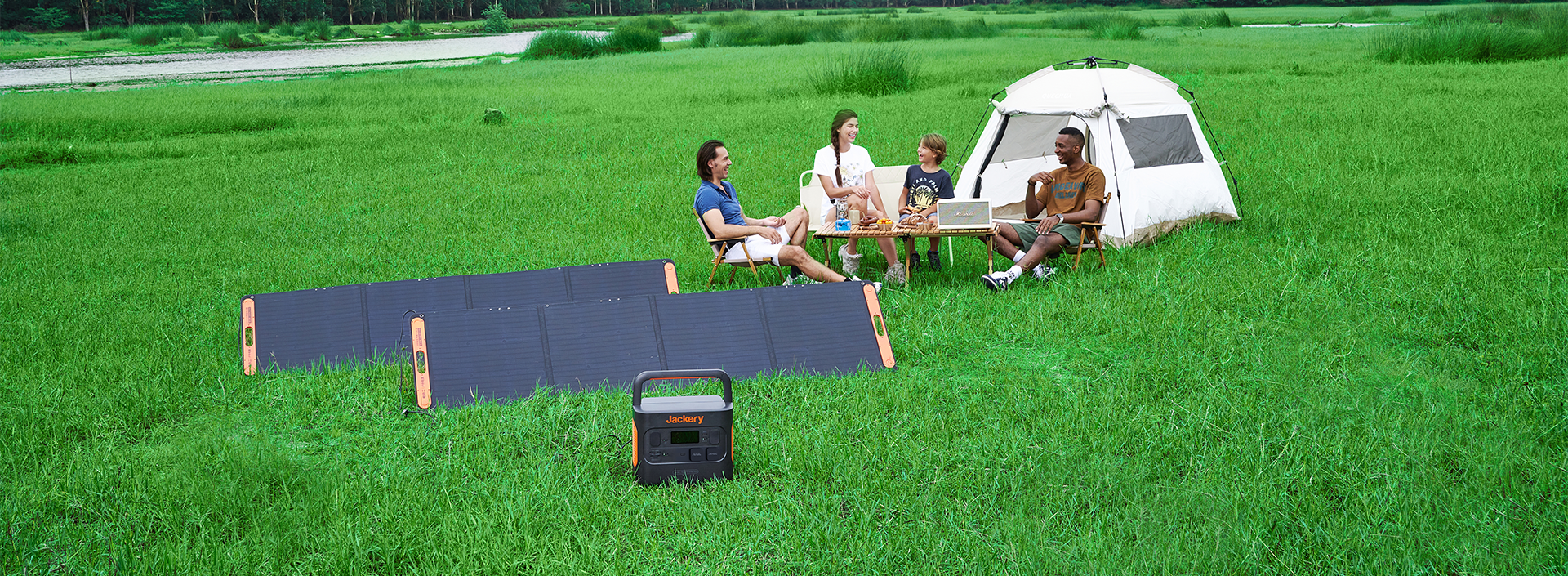
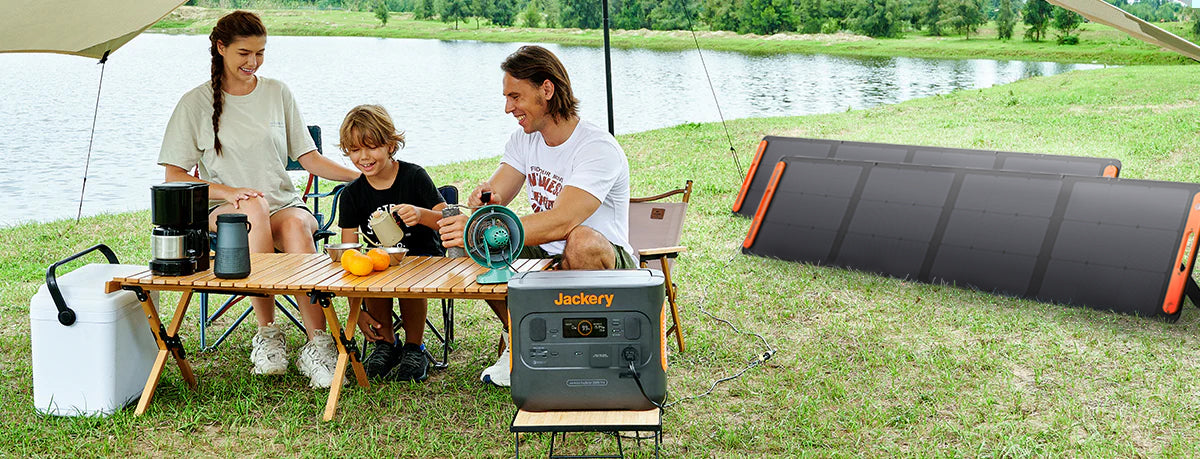

5 Jahre Gewährleistung

5 Jahre Gewährleistung
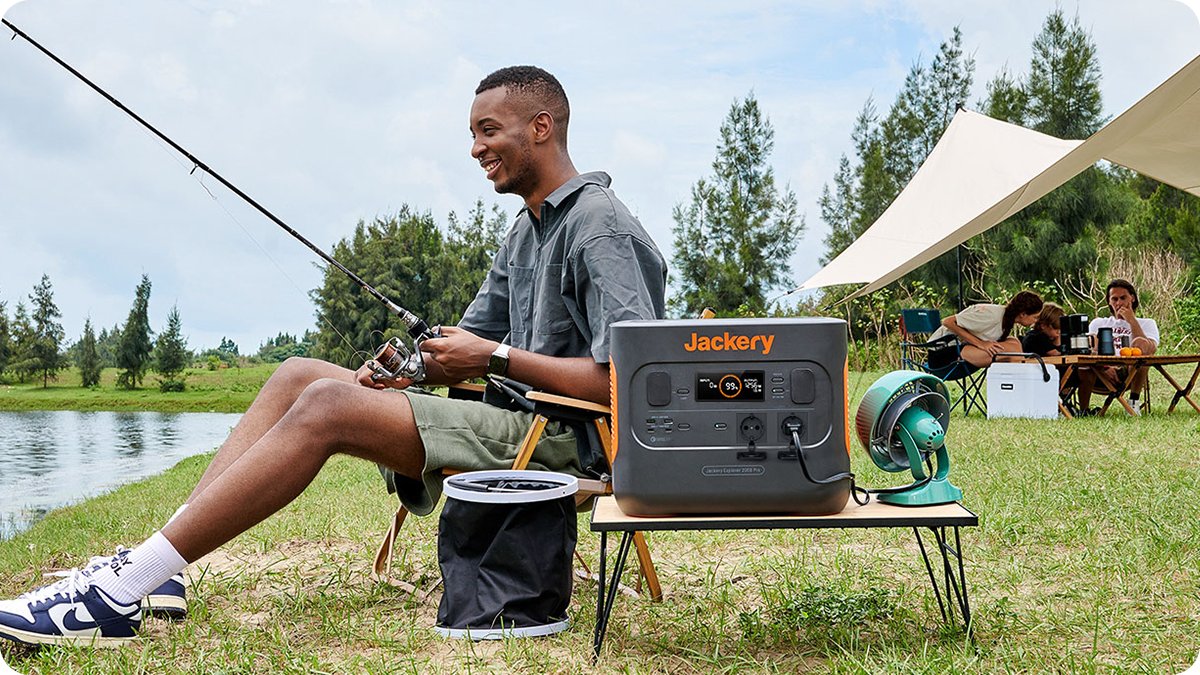
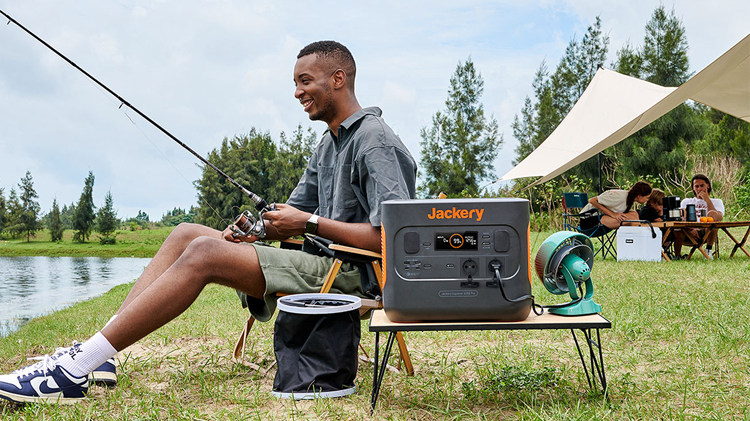

 0
Std.
Ladezeit (Std.)
0
Std.
Ladezeit (Std.)
 0
Wh
Nachhaltiges Energiesparen
0
Wh
Nachhaltiges Energiesparen
 0
Std.
0
Std.
Ladezeit (Std.)
 0
Wh
0
Wh
Nachhaltiges Energiesparen
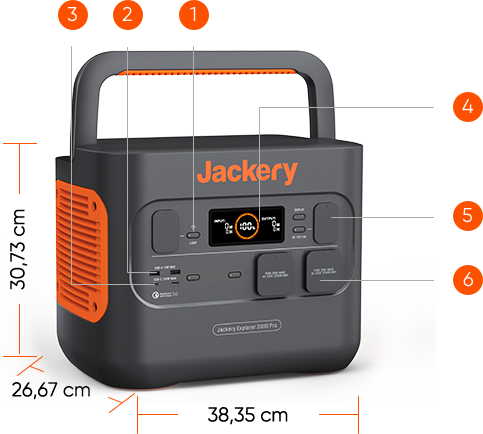
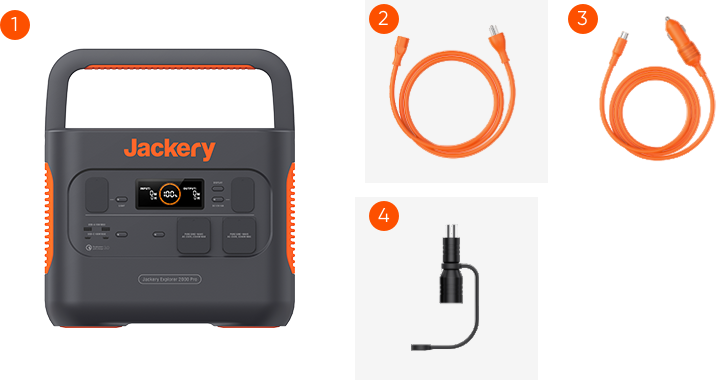
1. Die Solarladezeit variiert je nach Standort, Temperatur, Wetter, etc. Die tatsächliche Zeit kann abweichen.
2. Halte deine mobile Powerstation während des Ladevorgangs mit Solarenergie von Hitze und direkter Sonneneinstrahlung fern, um die Lebensdauer zu verlängern.
3. An einem trockenen und kühlen Ort lagern, Kontakt mit ätzenden Substanzen vermeiden und von Feuer und Wärmequellen fernhalten. Vermeide die gleichzeitige Lagerung mit scharfen Gegenständen.
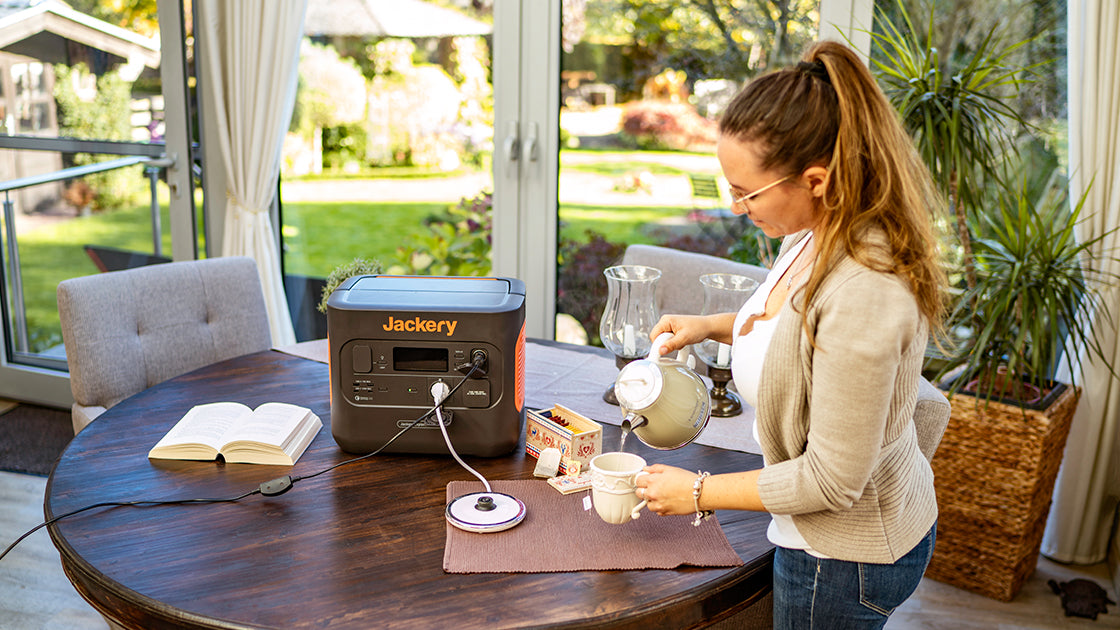
A: Nein, da es sich bei diesem Produkt um eine Lithiumbatterie handelt. Gemäß den internationalen Normen und Vorschriften für den Transport gefährlicher Güter sind Lithium-Batterien mit mehr als 100 Wattstunden im Handgepäck nicht erlaubt.
A: Das Produkt verwendet ein Luftkühlsystem und der eingebaute Lüfter hilft dem Produkt, die Wärme besser abzuleiten. Ein leichtes Geräusch während des Gebrauchs ist normal.
A: Ja, Sie können. Wenn es mit einem AC-Eingang aufgeladen wird, unterstützt es eine maximale Ausgangsleistung von 2200 W. Beim gleichzeitigen Laden mit AC-Eingang und DC-Eingang (d. h. Solarladung oder Autoladung) unterstützt es eine maximale Ausgangsleistung von 2200 W. Beim Laden mit DC-Eingang (z. B. Solarladung oder Autoladung) unterstützt es eine maximale Ausgangsleistung von 2200 W.
A: Wenn der Akku längere Zeit nicht verwendet wird (mehr als 3 Monate), sollte er auf 60-80% der Nennkapazität gehalten werden (Es wird empfohlen, alle 3 Monate zu überprüfen und aufzuladen). Bewahren Sie es an einem trockenen und kühlen Ort mit einer Temperatur zwischen 0 ℃ ~ 40 ℃ und einer Luftfeuchtigkeit von 0% ~ 60% auf. Kontakt mit ätzenden Stoffen soll vermieden werden und es soll von Zünd- und Wärmequellen ferngehalten werden.
A: Es tut uns sehr leid, aber es kann nicht zum Starten von Autos verwendet werden. Es kann jedoch als Stromversorgung für Autos verwendet werden. Sie können das Auto über ein Jackery-Netzkabel auflfladen, das separat erhältlich ist.
A: Falls Sie vergessen, den Ausgang auszuschalten (wodurch die Batterie entladen wird), wird der Energiesparmodus standardmäßig ausgeschaltet. Das heißt, wenn der Anschluss 12 Stunden lang an ein Gerät mit geringer Last (AC-Ausgangsleistung ≤ 25 W, USB-Ausgangsleistung ≤ 2 W, Carport ≤ 2 W)
angeschlossen ist, wird das Gerät automatisch ausgeschaltet. Falls Sie den Ladevorgang fortsetzen möchten, drücken Sie die Carport-Taste/USB-Taste/AC-Taste, um das Gerät neu zu starten. Wenn Sie den Energiesparmodus einschalten möchten, drücken Sie lange die AC-Taste und DISPLAY, bis das Symbol für den Energiesparmodus 12H auf dem Bildschirm erscheint. Wenn Sie den Energiesparmodus ausschalten müssen, wiederholen Sie den obigen Vorgang bis 12H.
A: Bitte prüfen Sie zunächst, ob die Lastvorrichtung defekt ist. Wenn das Gerät normal funktioniert, drücken Sie die USB-Taste, um den Ausgang neu zu starten.
A: Die folgenden Artikel sind im Lieferumfang enthalten: Netzkabel, Autoladekabel, Bedienungsanleitung, Markenaufkleber und Umschlag.
Es ist genau wie beschrieben und funktioniert einwandfrei!
Schnell geliefert
Bedienung einfach
Ich hätte die Bedienungsanleitung lesen sollen...aber warum...Bedienung intuitiv und einfach.
Teste den Solargenerator jetzt mit einem Wasserkocher 1800 Watt und 230V sowie einer Dometic 35 Liter Kühlbox 12 V Autostecker...
Echt gut und einfach zu bedienen.
Nur die schon oft bemängelten und nach unter abhängenden Gummiabdeckungen nerven echt.
Ich als fast Elektrotechniklegastheniker betreibe die 2000 pro mit 2 Fremdfabrikat flexiblen 240W Solarmodulen, da mir die Jackery Faltmodule zu teuer waren. genommen. Leider musste ich hierfür 2 Adapterkabel und die schweineteure 2/3 in 1 Kupplung kaufen...
Mein Explorer 2000 pro wird über die Dach-PV-Anlage geladen, wenn der Haus-Akku voll ist und der überschüssige Strom für 8 Ct in die Netzeinspeisung gehen würde. Der Haus-Akku versorgt uns über Nacht und ist manchmal leer, wenn ein paar Tage keine Sonne scheint. Den geladenen Explorer können wir davon unabhängig einsetzen, wann immer wir wollen. Das schafft Unabhängigkeit.
Heckenschere, Bohrmaschine, Schweißgerät und andere Maschinen laufen zuverlässig auch weit entfernt von jeder Steckdose, das macht einfach Spaß!
Der Jackery 2000 Pro ist ein sehr robustes und stabiles Gerät und vor allem gefallen mir die abgerundeten Kanten.
Ich bin sehr zufrieden mit der Qualität und funktionalität.
bin sehr zufrieden jetzt kann ich in ruhe camping fahren
I've been test-driving the Jackery 2000 Pro for several weeks now. Here are a few things I've considered or attempted, and the associated results.
- I'm looking for a reliable mobile power source, not something to stay in place. So I took it into a 2000km+ road trip, including some bumpy roads - proper physical shaking. The device has not shown any signs of problems, physical or electrical.
- I've done some tests to observe the sine wave stability, but unfortunately I don't have an inductive load at hand that is powerful enough to exercise its full power range. Still, connecting a 1.1kW electric motor (an air compressor) and then observing the sine wave in an oscilloscope shows it's quite comfortable there (see attached photos).
- To offer the unit's inverter a slightly more challenging environment, I got a resistive load of about 700W in place, and then started an air conditioner that hovers around 1000W while running. Handled the startup rush current smoothly.
- I haven't tested this myself, but I've seen reviews where people overload the device and it still runs for half a minute depending on how much it's overloaded, and then gradually less time the more it's overloaded. That's a great sign for an inverter. It means both that they have confidence the electronics can survive some abuse, and that there's finer control over that abuse. Careful engineering at play.
- To test the DC power inputs, I've connected a 240W/10A constant current power supply on each input at a time, and the Jackery did a great job maxing it out. It hovers between 240W and 241W precisely, around ~10A, so credit to both the Jackery for controlling the charge at the correct power point properly, and to the quality of the power supply for respecting the specs so tightly.
- I've connected 200W and 120W flexible solar panels in a few different circumstances, and compared the performance of the Jackery with a Victron SmartSolar 100/30, and both would rover around the same wattage in the given ideal and non-ideal circumstances. So the MPPT algorithm feels on pair with a respected brand, at least on this lower wattage range. I don't have enough solar panels to max it out.
- The DC inputs are setup in parallel internally, and if you build an adapter, you should be able to output to the two input ports at once, from a single source connector. Assuming it's done correctly, this should make everything run cooler, and make it easier to have a max of 25A without worrying about splitting it up evenly between the connectors.
- The DC power connectors are as bad as everyone says. It's a hard to find connector, and when you do find them they'll be expensive because it's pretty much only targeting Jackery devices which aren't cheap. Searching you can find some adapters at Amazon and AliExpress, and although the options are few, you can just rewire them towards whatever standard you wish, or ask a handy friend to do so for you. Still, while we all know they're doing this to sell their expensive solar panels, they're clearly going to get a lot of people upset and going towards other brands instead, which is a shame as they do a good work on the devices.
- The 12V output port is regulated around 13.2V, and it seems to use a constant current algorithm to prevent overloading. I still need to do more tests around this, though, as I've connected it to a 12V battery, and while it uneventfully charged the battery, the voltage of the external battery was high enough that it didn't reach the maximum output power per specification. Indeed, that's one point to keep in mind: while you can charge external 12V batteries this way, it will slow down dramatically when the voltage raises because this is not a battery charger with a proper multi-stage algorithm.
- I've also tested the 12V output with a number of different appliances within its spec range, resistive and inductive. It all works fine. Indeed, one of the 12V adapters I have is famous for disarming or burning car fuses, because it has too much capacitance and thus a high inrush current which goes to hundreds of watts on kick off. I usually need to connect it straight to the battery to prevent problems. The Jackery worked fine.
- The USB ports work as expected, with nothing to call home about. Fast charging, PD, QC, all together, it just works.
- So called "passthrough charge" works fine. That is, you can charge and discharge meanwhile as desired. To be clear, I never had a device where that wasn't the case, but people seem to ask about this frequently, so I imagine there are poor devices on the market where it doesn't work.
- When using the AC input, the device quickly ramps up to 1500W, and then slowly ramps down after 90%, at the very end going under 300W. I haven't managed to simulate some sort of voltage sag to check if the device can detect that it's pulling too much current from poor wiring or outlet, and ramp down earlier on. Given it ramps up earlier on instead of just shooting for 1500...
Top
Grill, stay warm with an electric heater, power a fridge or a freezer, any power tool, or a speaker system. I am looking to set up an outdoor office with this one also. Charge up super fast from a wall socket, or top up from a car or solar. Could be a little smaller/lighter but is reasonably portable as is
Es ist genau wie beschrieben und funktioniert einwandfrei!
Schnell geliefert
Bedienung einfach
Ich hätte die Bedienungsanleitung lesen sollen...aber warum...Bedienung intuitiv und einfach.
Teste den Solargenerator jetzt mit einem Wasserkocher 1800 Watt und 230V sowie einer Dometic 35 Liter Kühlbox 12 V Autostecker...
Echt gut und einfach zu bedienen.
Nur die schon oft bemängelten und nach unter abhängenden Gummiabdeckungen nerven echt.
Ich als fast Elektrotechniklegastheniker betreibe die 2000 pro mit 2 Fremdfabrikat flexiblen 240W Solarmodulen, da mir die Jackery Faltmodule zu teuer waren. genommen. Leider musste ich hierfür 2 Adapterkabel und die schweineteure 2/3 in 1 Kupplung kaufen...
Mein Explorer 2000 pro wird über die Dach-PV-Anlage geladen, wenn der Haus-Akku voll ist und der überschüssige Strom für 8 Ct in die Netzeinspeisung gehen würde. Der Haus-Akku versorgt uns über Nacht und ist manchmal leer, wenn ein paar Tage keine Sonne scheint. Den geladenen Explorer können wir davon unabhängig einsetzen, wann immer wir wollen. Das schafft Unabhängigkeit.
Heckenschere, Bohrmaschine, Schweißgerät und andere Maschinen laufen zuverlässig auch weit entfernt von jeder Steckdose, das macht einfach Spaß!
Der Jackery 2000 Pro ist ein sehr robustes und stabiles Gerät und vor allem gefallen mir die abgerundeten Kanten.
Ich bin sehr zufrieden mit der Qualität und funktionalität.
bin sehr zufrieden jetzt kann ich in ruhe camping fahren
I've been test-driving the Jackery 2000 Pro for several weeks now. Here are a few things I've considered or attempted, and the associated results.
- I'm looking for a reliable mobile power source, not something to stay in place. So I took it into a 2000km+ road trip, including some bumpy roads - proper physical shaking. The device has not shown any signs of problems, physical or electrical.
- I've done some tests to observe the sine wave stability, but unfortunately I don't have an inductive load at hand that is powerful enough to exercise its full power range. Still, connecting a 1.1kW electric motor (an air compressor) and then observing the sine wave in an oscilloscope shows it's quite comfortable there (see attached photos).
- To offer the unit's inverter a slightly more challenging environment, I got a resistive load of about 700W in place, and then started an air conditioner that hovers around 1000W while running. Handled the startup rush current smoothly.
- I haven't tested this myself, but I've seen reviews where people overload the device and it still runs for half a minute depending on how much it's overloaded, and then gradually less time the more it's overloaded. That's a great sign for an inverter. It means both that they have confidence the electronics can survive some abuse, and that there's finer control over that abuse. Careful engineering at play.
- To test the DC power inputs, I've connected a 240W/10A constant current power supply on each input at a time, and the Jackery did a great job maxing it out. It hovers between 240W and 241W precisely, around ~10A, so credit to both the Jackery for controlling the charge at the correct power point properly, and to the quality of the power supply for respecting the specs so tightly.
- I've connected 200W and 120W flexible solar panels in a few different circumstances, and compared the performance of the Jackery with a Victron SmartSolar 100/30, and both would rover around the same wattage in the given ideal and non-ideal circumstances. So the MPPT algorithm feels on pair with a respected brand, at least on this lower wattage range. I don't have enough solar panels to max it out.
- The DC inputs are setup in parallel internally, and if you build an adapter, you should be able to output to the two input ports at once, from a single source connector. Assuming it's done correctly, this should make everything run cooler, and make it easier to have a max of 25A without worrying about splitting it up evenly between the connectors.
- The DC power connectors are as bad as everyone says. It's a hard to find connector, and when you do find them they'll be expensive because it's pretty much only targeting Jackery devices which aren't cheap. Searching you can find some adapters at Amazon and AliExpress, and although the options are few, you can just rewire them towards whatever standard you wish, or ask a handy friend to do so for you. Still, while we all know they're doing this to sell their expensive solar panels, they're clearly going to get a lot of people upset and going towards other brands instead, which is a shame as they do a good work on the devices.
- The 12V output port is regulated around 13.2V, and it seems to use a constant current algorithm to prevent overloading. I still need to do more tests around this, though, as I've connected it to a 12V battery, and while it uneventfully charged the battery, the voltage of the external battery was high enough that it didn't reach the maximum output power per specification. Indeed, that's one point to keep in mind: while you can charge external 12V batteries this way, it will slow down dramatically when the voltage raises because this is not a battery charger with a proper multi-stage algorithm.
- I've also tested the 12V output with a number of different appliances within its spec range, resistive and inductive. It all works fine. Indeed, one of the 12V adapters I have is famous for disarming or burning car fuses, because it has too much capacitance and thus a high inrush current which goes to hundreds of watts on kick off. I usually need to connect it straight to the battery to prevent problems. The Jackery worked fine.
- The USB ports work as expected, with nothing to call home about. Fast charging, PD, QC, all together, it just works.
- So called "passthrough charge" works fine. That is, you can charge and discharge meanwhile as desired. To be clear, I never had a device where that wasn't the case, but people seem to ask about this frequently, so I imagine there are poor devices on the market where it doesn't work.
- When using the AC input, the device quickly ramps up to 1500W, and then slowly ramps down after 90%, at the very end going under 300W. I haven't managed to simulate some sort of voltage sag to check if the device can detect that it's pulling too much current from poor wiring or outlet, and ramp down earlier on. Given it ramps up earlier on instead of just shooting for 1500...
Top
Grill, stay warm with an electric heater, power a fridge or a freezer, any power tool, or a speaker system. I am looking to set up an outdoor office with this one also. Charge up super fast from a wall socket, or top up from a car or solar. Could be a little smaller/lighter but is reasonably portable as is
Ich bin sehr zufrieden.
Paket kam bestens verpackt an.
Installation verlief problemlos, ich empfehle die unzähligen YouTube Videos dazu.
Verbindung zum Shelly 3em hat wunderbar geklappt.
Demnächst gibt es sicherlich noch den zweiten Akku dazu
Lieferung , Gerät und Support erstklassig. Hatte noch Rückfragen bezüglich Nullrückspeisung. Habe noch den Shelly Smart Meter eingebaut. Vor allem der Support hat mich als ehemalig Selbstständiger im Elektoanlagenbau überzeugt.
Gute Verarbeitung, lediglich die Verbindung mit Shelly AZ Smart Geräten könnte besser beschrieben werden
Top Produkt mit super Verarbeitung und schneller Lieferung
Habe mir als erstes die Jackery 1000v2 gekauft und wollte noch eine kleinere Powerbank 😜
Finde das Design und die Leistung top.. ein kleines Licht an der powerbank wär noch top und eventuell ein griff so wie bei den Großen Modellen
Der Preis ist Topp gerne wieder solche Angebote
Es ist nett das alles zusammen anzubieten
Soweit alles Super, die Kopplung mit dem Shelly 3 Pro EM war etwas kniffelig.
Wir hatten definitiv ein paar sehr stressige Monate. Im Dezember musste ich aufgrund der Beeinträchtigungen eine Geburtstagsfeier in meinem Garten absagen und damit auch anderen schaden. Doch der große Einsatz der Jackery-Kundendienstmitarbeiter während dieser Zeit, der Austausch des defekten Geräts gegen ein neues und später sogar gegen ein neueres Modell haben mir einmal mehr bewiesen, warum ich Jackery treu bin. Ich bin überzeugt, dass ich auch in Zukunft bei Jackery-Produkten kaufen werde. Das Gerät funktioniert einwandfrei. Vielen Dank!
Der Akku arbeitet zuverlässig, die Solarpanels sind stark, und selbst im Winter erreichen wir regelmäßig die maximale Eingangsleistung von 1000 W. Das hebt das System klar von vielen Alternativen ab.
Die Panels selbst waren die größte Überraschung. Mit rund 27 kg und etwa 2 m × 1,3 m pro Stück sind sie deutlich größer und schwerer, als ich gedacht hatte. Ohne eine sehr stabile Halterung geht es nicht – alles andere wäre bei Wind einfach zu riskant.
Ich habe vier Smart-Plugs angeschlossen, und das System läuft damit absolut problemlos. Lastwechsel, Ladeverhalten und Reaktionsgeschwindigkeit sind einwandfrei.
Ein Kritikpunkt: Es gibt keinerlei Angaben zur Mindest-Watt-Schwelle, ab der das System in den Standby-Modus wechselt. Wer Geräte mit geringer Leistungsaufnahme betreibt, kann so nicht vorhersehen, wann der Inverter abschaltet. Diese Information sollte Jackery klar dokumentieren.
Fazit: starke Leistung, robuste Hardware, hervorragende Winter-Eingangswerte aber Luft nach oben bei der Dokumentation.
Für das gebotene (550€ inkl. 2 hochwertiger Module) richtig gutes System. Support war auch sehr hilfreich. Bedienungsanleitung etwas spartanisch, aber ausreichend.
Zusatzakku funktioniert sehr gut , kann ich nur empfehlen.
Ich habe die Jackery-Powerstation vor Kurzem gekauft und bisher nur die grundlegenden Funktionen getestet. Alles lief einwandfrei, die Verarbeitung wirkt hochwertig und solide. Der erste Eindruck ist durchweg positiv, und bisher bin ich mit der Leistung und Bedienung sehr zufrieden. Sobald ich sie intensiver nutze, erwarte ich keine Probleme, da sie bislang zuverlässig arbeitet. Insgesamt eine empfehlenswerte Powerstation für den mobilen Einsatz.
Ich habe es gekauft, um es dauerhaft im Auto zu haben. Es ist eine vielseitige Energiequelle (220 V Wechselstrom, 5 V Gleichstrom und 12 V). Perfekt für mich! 😀👍
Ich hatte bereits eine Explorer 500 die ich hauptsächlich im Auto dabei hatte, wenn ich meinen E-Scooter unterwegs nachladen wollte oder um mein CPAP-Gerät anzuschließen, wenn im Hotelzimmer oder in der Kabine auf der Fähre keine Steckdose in Bettnähe verfügbar ist.
Das war auch alles prima, aber die V2 hat einige nützliche Verbesserungen.
Der umklappbare Tragegriff sorgt dafür, dass die Powerstation weniger Platz braucht und ein Format hat, welches sich besser stapeln lässt. Man benötigt auch kein einzelnes Netzteil mehr, zum Laden kann mam direkt mit dem Netzkabel die Jackery mit oder Steckdose verbinden. Die V2 lädt auch viel schneller aus dem Netz und verträgt am Solareingang auch mehr als der Vorgänger.
Wer leistungshungrigere Geräte betreiben möchte, muss zu einer größeren Powerstation greifen, die dann natürlich schwerer und teurer ist.
Für meine Zwecke ist die 500er perfekt.
0,00 €
Mehr













